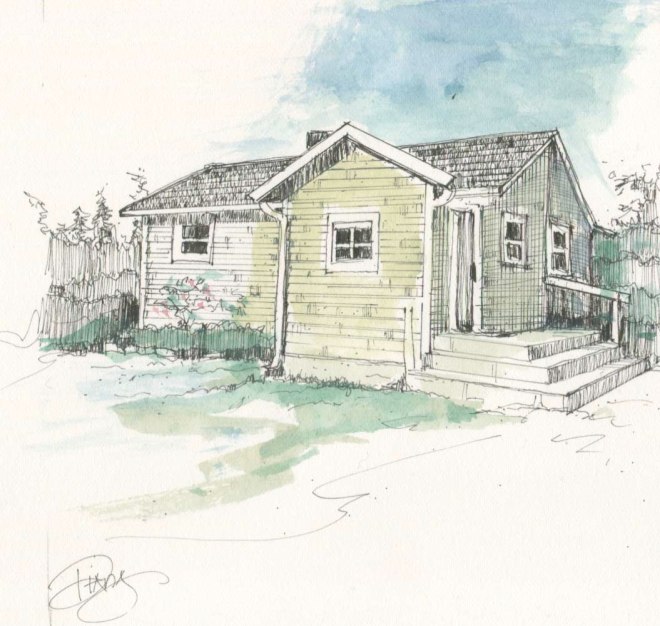

Back in time to Port Gamble with its Post Office. Port Gamble represents one of the few remaining examples of company towns, thousands of which were built in the nineteenth century by industrialists to house employees. Founders Josiah Keller, William Talbot, and Andrew Pope planned the town to reflect the character of their hometown, East Machias, Maine, where many of the early employees originated. For 142 years, the community existed to support sawmills that produced lumber for the world market. The mill closed in 1995, but as a National Historic Site, the townsite has been preserved to reflect an authentic company mill town.
The first known residents of Port Gamble were members of the Nooksclime, Clallam, or S’Kallam tribe who fished and gathered food along Hood Canal. The S’Klallams belonged to the linguistic group, South Coast Salish, which populated Puget Sound. Tribes traded and intermarried and generally experienced little conflict except for raids from outside the region. In 1841, a U.S. Navy expedition led by Lieutenant Charles Wilkes (1798-1877) named the two-mile-long bay at the mouth of Hood Canal after Navy Lieutenant Robert Gamble, who was wounded in the War of 1812.
In the summer of 1853, San Francisco lumber merchant and sea captain William Talbot (1816-1881) spotted the sand spit at the mouth of the bay as a likely place for a lumber mill. Talbot was a partner of Josiah Keller (d. 1862), Andrew Pope (1820-1878), and Charles Foster in the Puget Mill Company. They planned to cut the abundant trees of Oregon Territory into lumber for sale in California and across the Pacific. The sand spit sheltered ships and was close to stands of timber.
S’Klallams already lived on the spit and on the bluff above. Keller induced the natives to move across the bay to Point Julia in exchange for free lumber, firewood, and Christmas gifts. The S’Kallams called the site Teekalet, “brightness of the noonday sun,” for the way the water and sand reflected light on sunny days. Talbot borrowed that name for the mill.

Here is the oldest photo of the building I could find.
http://www.dianakingsley.net



























